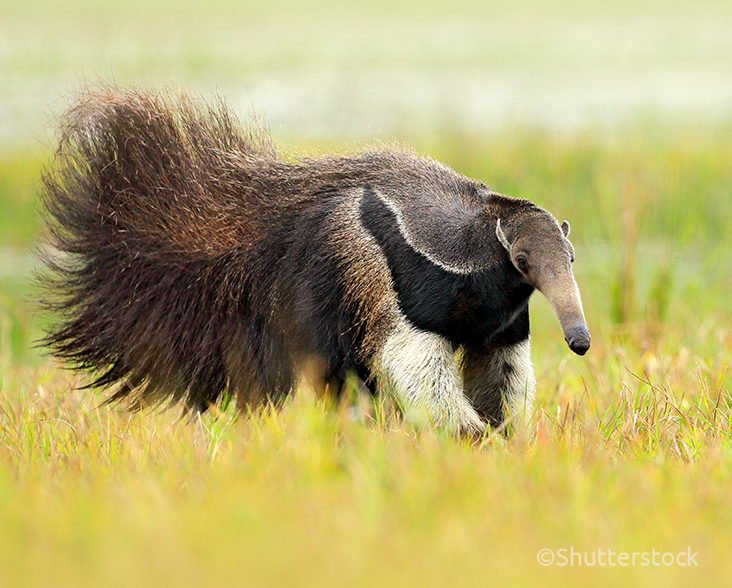Bolivia is located in west-central South America and is the largest landlocked country in the Southern Hemisphere, roughly twice the size of Spain.
Divided into the tropical eastern lowlands that make up almost two-thirds of the country and the Andes Mountains in the west, altitudes range from 90 metres above sea level to 6,542 m at Mount Sajama. This dramatic variation in topography results in a varied tropical climate with average temperatures ranging from 23-25 °C in the humid lowlands to 7-11 °C in the drier Andes.
Bolivia’s diverse ecosystems include the moist broadleaf forests of the Amazon rainforest in the north, the dry broadleaf forest, thorn shrubland and savannah of the Gran Chaco in the south, and the flooded grassland and wetlands of the Pantanal in the east, while in the west lie the mountain grasslands and lakes of the Altiplano and the rugged peaks and glaciers of the Andes.




